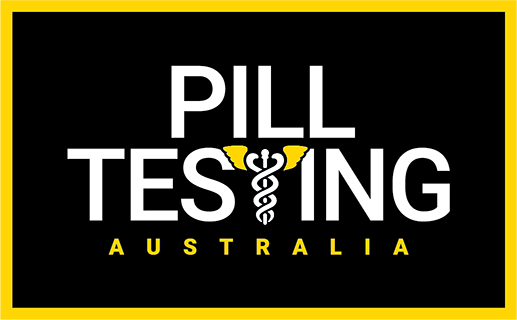Tag: harm reduction
The Rejection Of Drug Testing Is A Hard Pill To Swallow
It is a case of the demand for perfection stifling any progress. In their efforts to defend the ‘just say no’ approach to pill testing, government officials often highlight what they believe is a major problem. Basically, that there is the potential for a misunderstanding of the results by individuals because pill…

What is ‘drug checking’ and why do we need it in Australia?
This weekend saw the tragic death of a young woman after she took an unidentified tablet at the Stereosonic music festival. Drug-related deaths of this type are not uncommon in Australia, and this raises the question of whether our approach to harm minimisation needs reform. Ten years ago the Australian Medical Association passed a resolution backing research…
